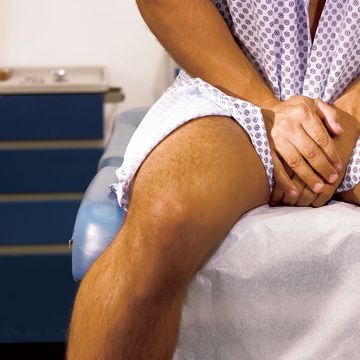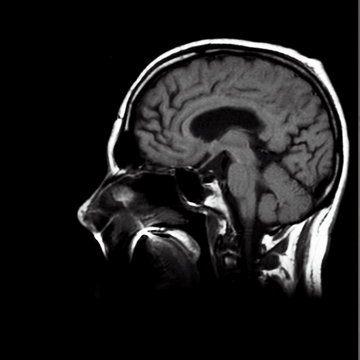Your medical history might have some serious holes in it. Nearly 80 percent of people with a common liver disease aren’t diagnosed, finds a new study from Baylor College of Medicine.
In the study, researchers determined that participants had non-alcoholic fatty liver disease (NAFLD)—an often-symptom-free accumulation of fat in the liver—if their lab work showed persistently elevated liver enzymes and no indication of organ-damaging factors like hepatitis or excessive alcohol use.
But when the scientists reviewed the patients’ medical history, only 39 percent of those with NAFLD had the abnormal liver levels documented in their charts, and just 22 percent of their files mentioned NAFLD as a possible diagnosis.
NAFLD is a common problem, which may be why it’s difficult for some physicians to grasp that it’s a real disease that requires careful diagnosis and follow-up, says study author Hashem El-Serag, M.D., M.P.H.
In fact, a 2013 study from Johns Hopkins University found that one in six men in their 30s has the condition. And that number grows to nearly one in four by the time men reach their 40s.
What’s the Big Deal about Non-Alcoholic Fatty Liver Disease?
Most doctors used to ignore fatty liver because they thought it was harmless, but not anymore. The disease can serve as an important harbinger of some serious health woes: NAFLD often heralds high blood pressure, diabetes, obesity, high cholesterol, and low HDL, or “good” cholesterol.
Experts also believe that there are certain subgroups of people with NAFLD who have already progressed to more advanced liver disease, says Dr. El-Serag. They have nonalcoholic steatohepatitis, or NASH, which is characterized by inflammation and damage to the liver.
“These people are at higher risk of progressing to cirrhosis,” he says. And this scarring of the liver may be why they’re more likely to develop liver cancer than people without the disease.
You’re more likely to develop NASH if you’ve had NAFLD for a long time. The risk also increases if you’re obese, and have associated metabolic conditions like diabetes.
What Should You Do If You Have NAFLD?
The best thing you can do is treat the disease before it sticks around for too long and raises your risk of something worse. The solution is simple: Lose about 10 percent of your weight, says Dr. El-Serag.
“It will show at least a temporary effect of reducing liver enzymes and reducing the actual liver damage,” he says.
(Help shrink your gut fast with our Lose Your Spare Tire! program, the easiest way to drop extra pounds.)
Of course, it’s difficult to work toward treating the condition if your doctor doesn’t even let you know you have it—a common problem the study showed.
Your job, then, is to take control of your own health care. When your doctor sends you for lab work, don’t assume you’re golden if you don’t hear anything back. Instead, inquire about your levels of liver enzymes, and if they were elevated, tell your doc you want to figure out why, says Dr. El-Serag.
Your doctor can examine this further with noninvasive tests like ultrasounds. He or she may also order a biopsy to check the severity of the condition, or to see if NASH is present.
RELATED VIDEO:













